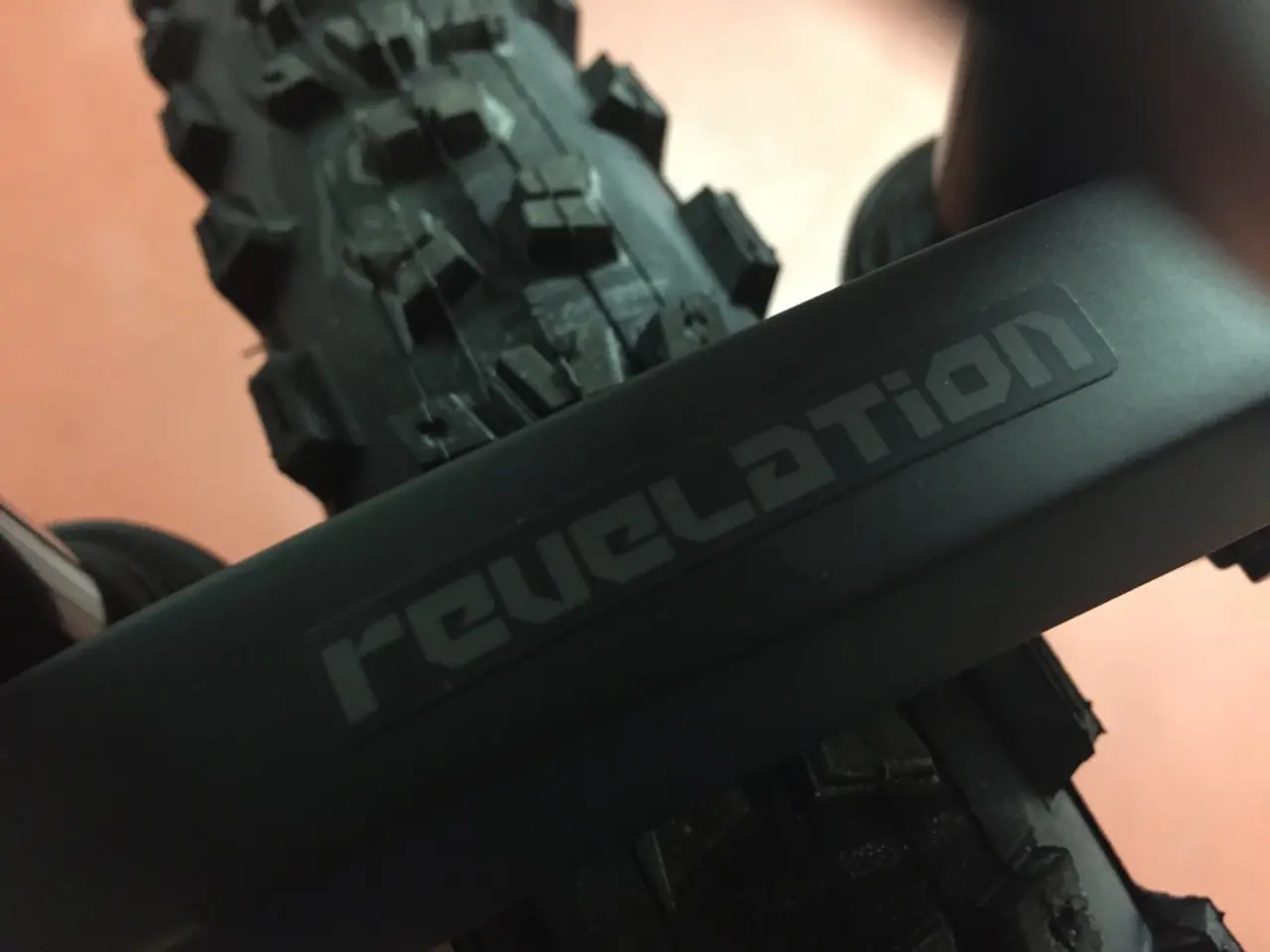Understanding tire pressure calculators: Ensuring precise PSI each time
In the world of cycling, maintaining the right tire pressure is crucial for a smooth and safe ride, especially during races and multi-day trips. However, latex tubes can lose significant amounts of pressure even over short periods, making it essential to monitor and adjust tire pressure regularly.
One of the challenges in determining the optimal tire pressure is the discrepancy between lab testing and real-world conditions. Dr. Pfeiffer, a renowned cycling expert, echoes this sentiment, highlighting that pressures that feel comfortable on solo training rides or course pre-rides may not be sufficient for racing due to increased speed and potential obstacles.
To address this issue, cyclists can turn to tire pressure calculator apps, which use mathematical models validated by extensive ride testing to recommend the lowest reasonable tire pressure that maintains tire stability and protects against impacts. Two such apps are Wolf Tooth's Tire Pressure Calculator and the SAGLY downhill MTB app.
These apps consider factors such as rider weight, terrain, bike type, and conditions to provide personalized tire pressure recommendations. The SAGLY app even integrates an AI algorithm to tailor pressure recommendations based on the user’s profile.
Wolf Tooth's app is particularly noted for its flexibility, allowing riders to tweak inputs to suit their style. This feature makes it a widely recommended tool alongside newer apps like SAGLY that incorporate AI.
The calculator can help optimize pressure for a route that is a mix of road and trail, or for a rider whose bike is loaded for a bikepacking trip. It's important to note, however, that these apps should be used as a guide, not an absolute, and there's no substitute for experimentation on one's own.
When it comes to adjustments, factors like tire width are linear in Wolf Tooth's calculator. Lower tyre pressures, within reason, can improve traction, enhance comfort, and reduce rolling resistance, particularly on off-road terrain.
However, different pressure calculators may value inputs differently, and it's important to experiment with them to find what works best for the rider. Extra air on the first day might be advisable for multi-day bikepacking trips due to pressure loss. Pressure change with temperature is also a factor, and it's simple to adjust in Wolf Tooth's calculator.
In summary, tire pressure calculator apps use rider and bike data with formulas validated by ride testing to suggest optimal inflation pressures that balance performance and tire safety. These tools allow cyclists to tailor their setup for different conditions, enhancing their riding experience and ensuring a safer, more comfortable ride.
Technology plays a crucial role in enhancing cycling performances, with tire pressure calculator gadgets offering personalized recommendations for inflating tires based on factors such as rider weight, terrain, bike type, and conditions. These apps, such as Wolf Tooth's Tire Pressure Calculator and SAGLY downhill MTB app, utilize mathematical models and, in some cases, AI algorithms, to optimize tire pressure for a variety of terrains and cycling needs, including sports like bikepacking and downhill mountain biking.




